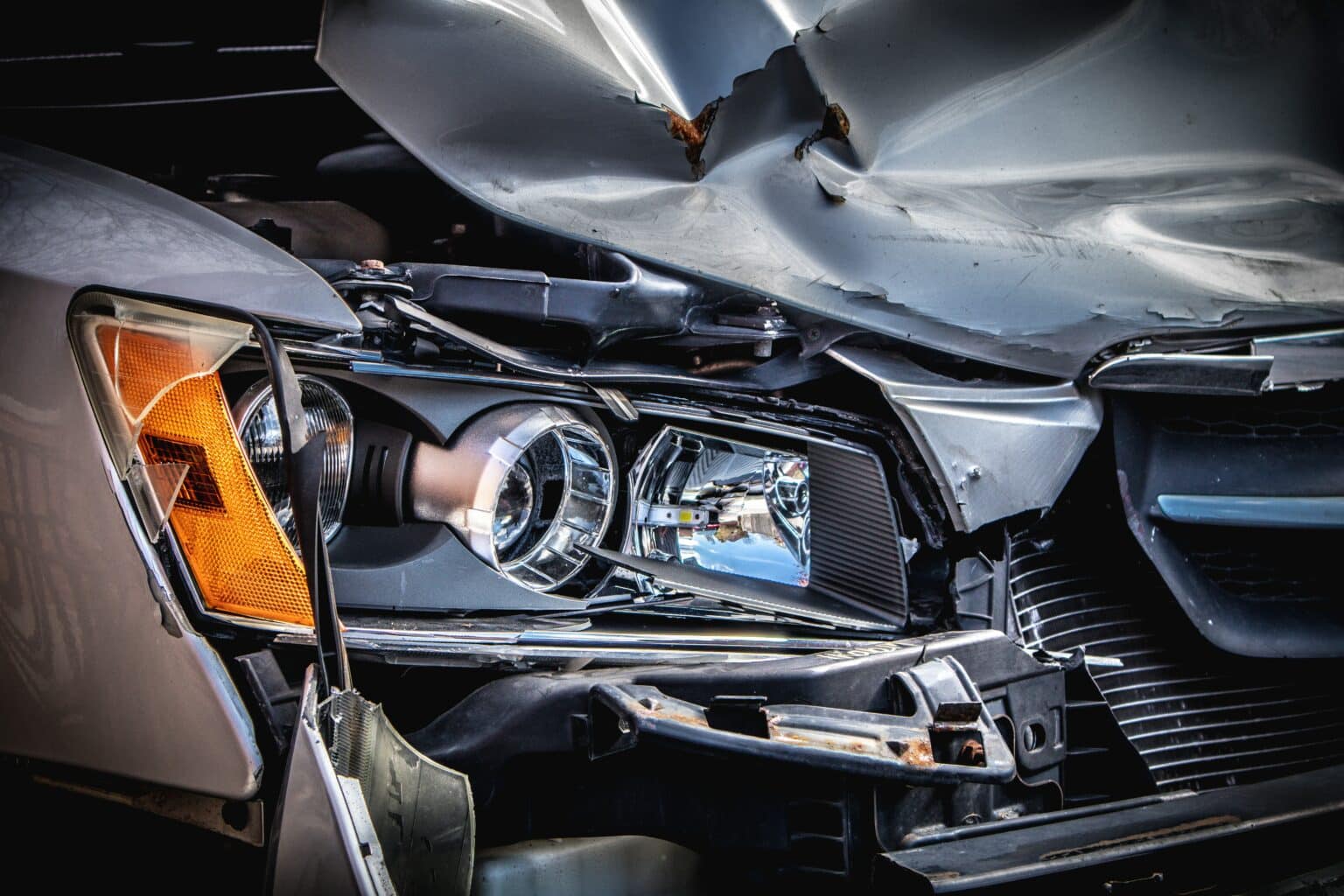The Department of Transportation announced a new effort Friday aimed at reducing road deaths in the U.S., on to which nearly 50 businesses and non-profits had signed.
Among the companies that have pledged millions of dollars in initiatives as part of the DOT’s “Call to Action” campaign were rideshare companies Uber and Lyft, industrial giant 3M, delivery service UPS, and automaker Honda.
Further, the trade group Alliance for Automotive Innovation said it would step up its push for the industry to adopt safety technologies like the auto high beam.
The joint effort between the government and private industry was unveiled as part of a multi-year strategy begun last year to make roads safer. The effort ranges from improved school crosswalks to enhanced seat belt alerts in Uber vehicles. It involves a partnership between the Centers for Disease Control and Prevention and the National Highway Traffic Safety Administration to promote proven injury prevention strategies, according to Transportation Secretary Pete Buttigieg.
Road deaths in the U.S. have risen at a record pace due to dangerous driving habits during the Covid pandemic. According to Buttigieg, “One prevailing theory” for this “is that you saw less traffic, higher speeds, and the crashes that happened were more likely to be fatal.”
He also noted that the tech inside some modern vehicles can act as a double-edged sword, creating a “complicated and sensitive” scenario. For example, terms like “autopilot,” in a Tesla.
“There is no commercially available technology that doesn’t require that you be paying attention and driving,” Buttigieg noted. “Words like ‘autopilot’ I think are extremely problematic.”
The number of U.S. road deaths surged in the first nine months of 2021 to 31,720, the DOT reported Tuesday.
The new public-private initiative to reduce road deaths follows a total of $800 million in 510 transportation grants this week to states and localities that focus on road safety by adding bike lanes, lighting, protected left turns and sidewalks. The funding is coming from the bipartisan Infrastructure Law that President Biden signed in November 2021, and it’s the first such project of its kind, according to the Biden Administration.


